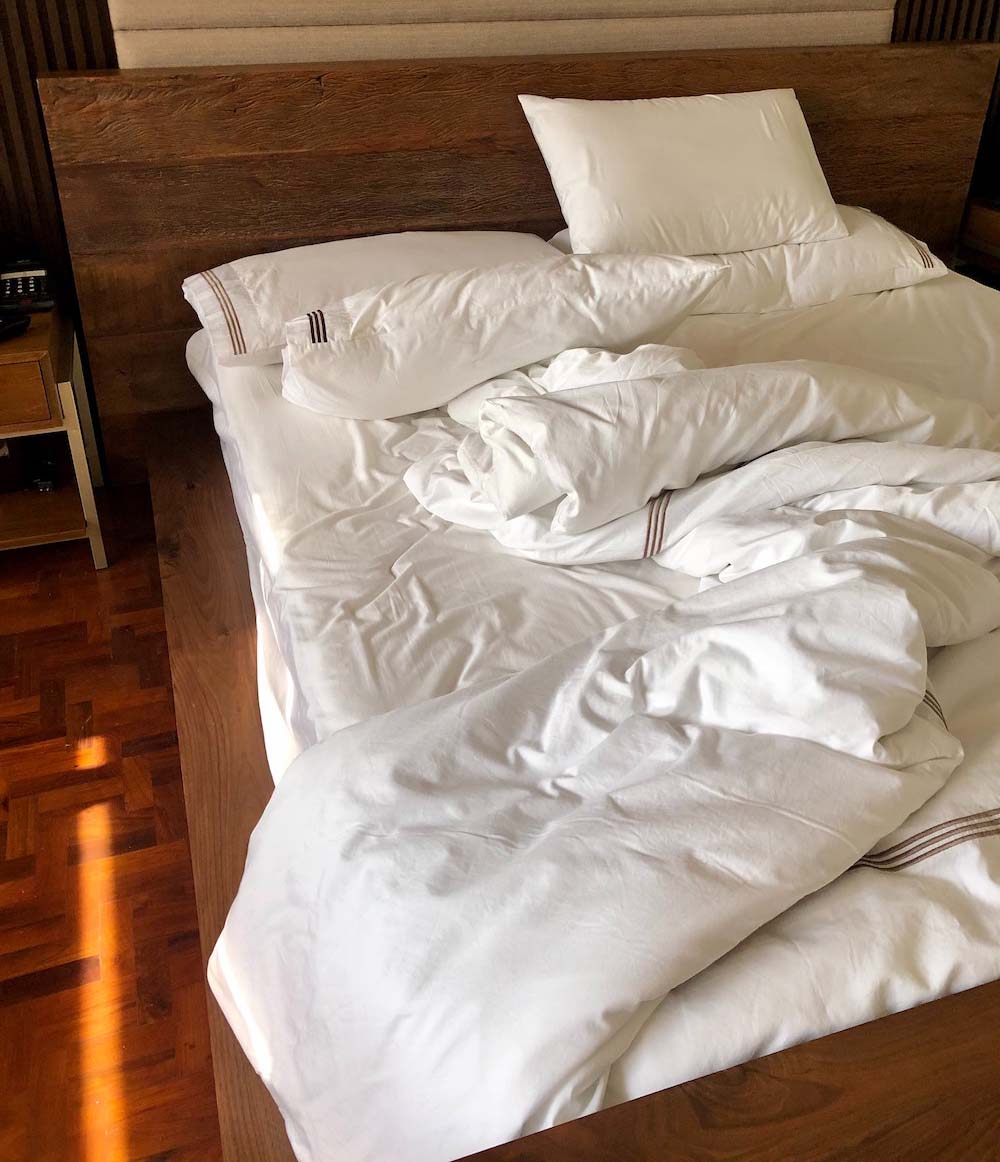Have you ever experienced a moment of complete relaxation when you least expected it?
Maybe you were getting your eyes tested when a sudden feeling of deep and complete relaxation came over you; it’s not just any feeling of relaxation either, it’s a super tingly, feeling that turns your brain and body to jelly. You might find that certain situations trigger it; maybe it happens when someone speaks quietly to you or if someone taps gently on the spine of a book or when if someone brushes your hair.
However you experience it, this feeling is known as ASMR which is short for Autonomous Sensory Meridian Response, or in human terms, a brain-gasm.
So, What Is A ‘Brain-gasm?’
Not everyone experiences ASMR and trying to explain it to someone who hasn’t experienced it before isn’t always easy.
Most agree the best way to describe it is as an extremely tingly sensation that starts on the scalp or back of the neck and spreads throughout the body. This feeling is accompanied by a deep feeling of relaxation which is why many people use ASMR videos to help deal things like anxiety, insomnia and mood disorders.
In recent years an ASMR community has flourished on the internet with members creating videos that mimic ASMR triggers in an attempt to help others relax and experience tingles.
How Did The ASMR Community Start?
ASMR is a relatively new term for something that humans have likely been experiencing since time began. I say likely because it’s only in recent years that this feeling of tingly relaxation has been talked about or been given a name.
The first mention of ASMR was back in 2007 in an internet forum. A user described her ASMR experiences and asked if anyone else experienced something similar. It turned out lots of people had and users began sharing their own stories and what triggers their tingles. This feeling didn’t have a name but eventually, the term Autonomous Sensory Meridian Response was coined and a community slowly began to grow.
The ASMR community now primarily exists on Youtube where every day thousands of ASMRtists upload hundreds of videos all with the aim of eliciting tingles from their viewers. Even Cardi B is a fan with her ASMR interview with the ultra-hip W magazine currently at 45 million views.
What Causes ASMR?
There is little research into ASMR and why certain individuals experience it and others don’t. Those that do experience it tend to have similar triggers, despite differences in culture and upbringing. Such triggers can include:
- Whispering or talking slowly and quietly
- The sound of pages turning in a book or a magazine
- Personal attention in a clinical setting, such as a doctors office, dentists, or an opticians
- Personal grooming, such as hairdressing, massages and facials
- Hand movements, particularly towards the face, such as stroking or tapping
- Eating sounds, such as chewing or biting foods
- Tapping, stroking or touching objects
Most of these triggers are rooted in actions from our childhood from a time when we felt safe and protected. For example, whispering could be traced back to mother’s speaking softly to a child to soothe and relax them. It could also have its roots in the animal kingdom; many triggers relate to personal attention and grooming, suggesting it could be part of our evolutionary history.
Whatever the reason why we experience ASMR it ultimately feels good. It’s a great, cost-effective way to relax, unwind and boost our mood.
How does ASMR Help You Relax?
ASMR Case Study
‘I started watching ASMR to help me sleep’ explains Amy, a thirty-something marketing manager from London. ‘I’ve always suffered from anxiety and I used to find nighttimes particularly hard. I’d experienced ASMR when I was younger; at school listening to a teacher explain something to me calmly and quietly. Or when friends played with my hair it would make my whole head tingle and put me in a sort of trance.’
Amy stumbled across ASMR accidentally. ‘It was a typical night of insomnia for me. I was anxious and couldn’t sleep and I was flicking through random videos on Youtube when I came across an ASMR channel. It was of a woman whispering positive affirmations to the camera whilst her hands made plucking motions at the screen; something about the sound of her voice coupled with the movement of her hands instantly relaxed me and made me tingle from head to toe. I fell asleep halfway through it and since then have been hooked.’
A safe space
Youtube and the internet, in general, can be an unfriendly place, where trolling and nasty comments reign supreme. But read the comments on any ASMR Youtube video and they’re full of love and positivity. The ASMR community has been described as the nicest place on the internet where people genuinely care about the wellbeing of creators and one another.
Even if you watch an ASMR video and don’t experience tingles it can still help you relax. If you suffer from anxiety or depression, or even if you’ve had a bad day and your thoughts are spiralling, ASMR can still help you. Sitting quietly and watching am ASMR video can help anchor you in the present moment. It might sound crazy and you might feel a bit silly doing it but taking time out and finding something else to focus your attention on can help immensely.






